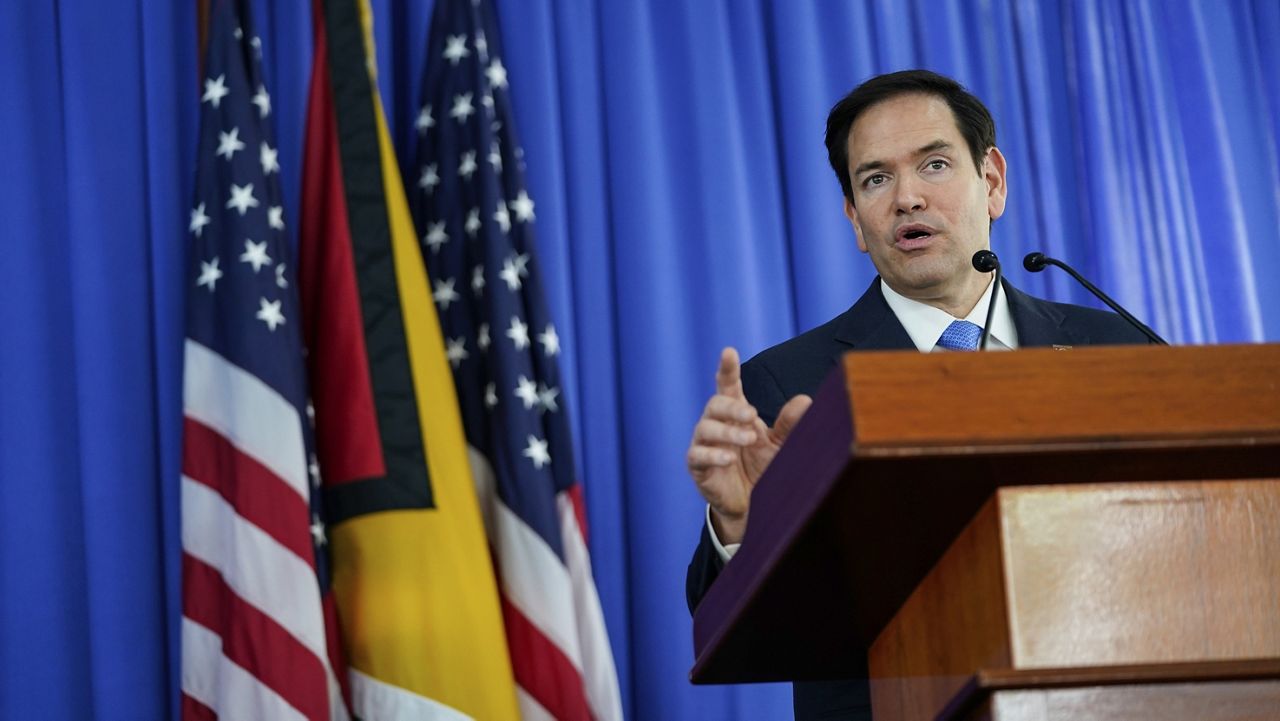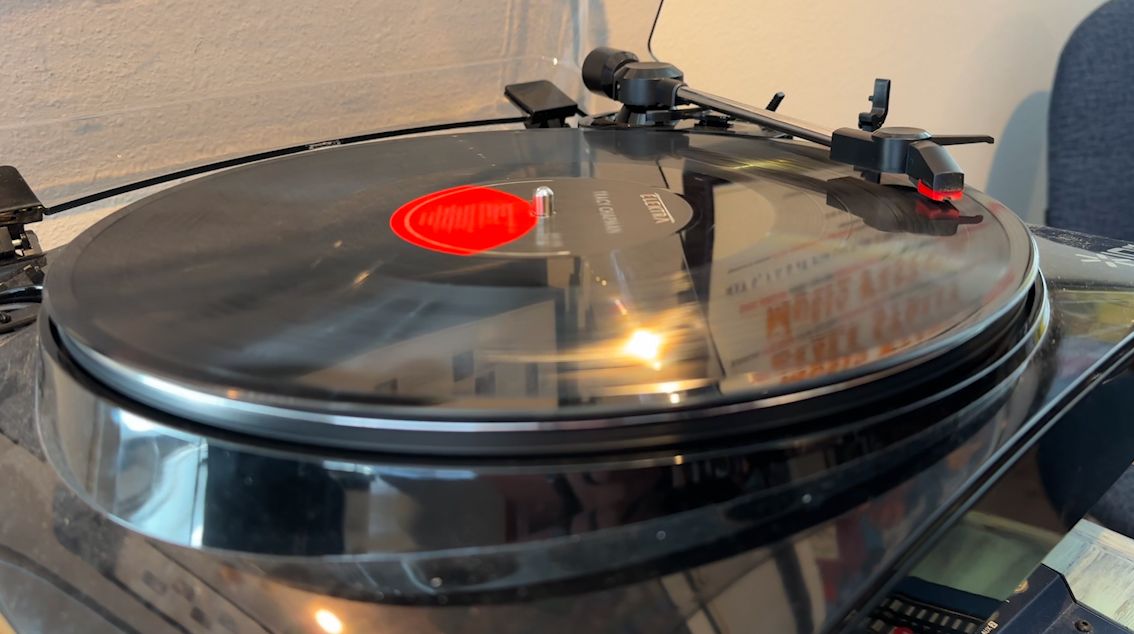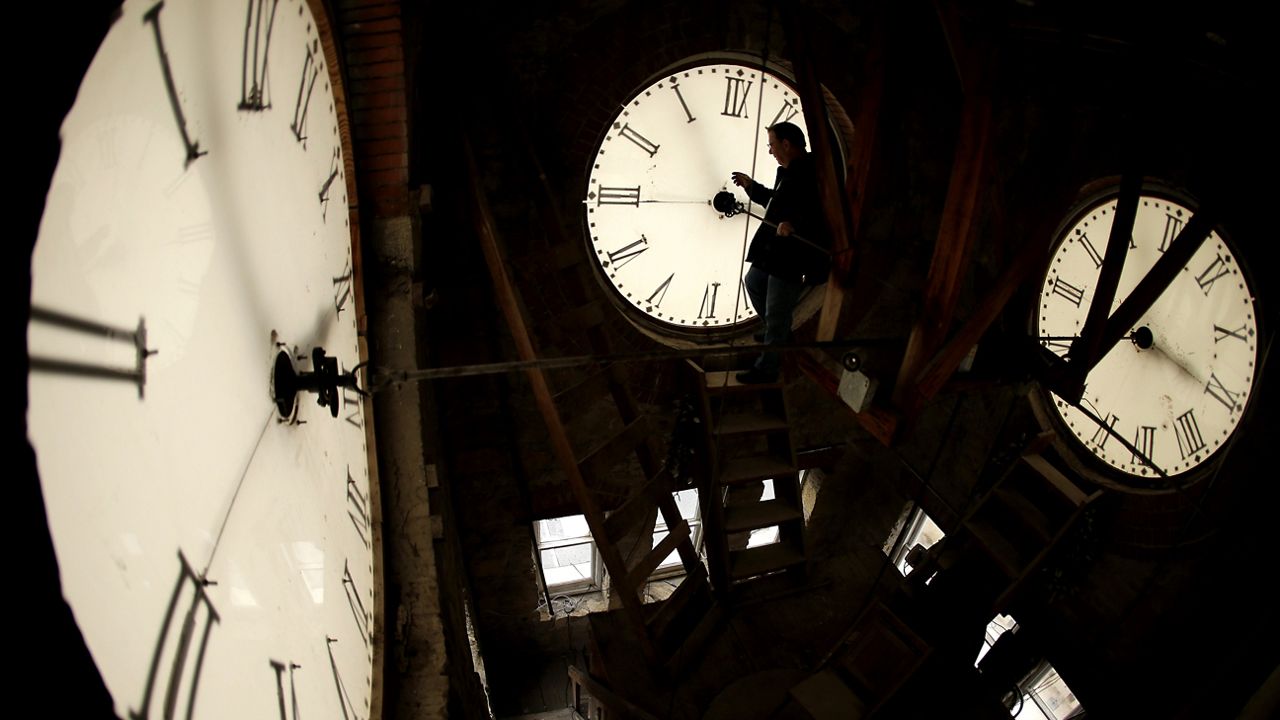ST. PETERSBURG, Fla. — St. Petersburg issued a record number of permits during the last fiscal year which brought in more than $1 billion in construction value and the city’s building official believes it could happen again.
"I think construction wise, we're probably going to be on track to close to being $1 billion again," said Don Tyre, 58, Building Official. "I don't really foresee any kind of slowdown for us."
The city has seen record growth despite high interest rates and inflation.
St. Petersburg Mayor Ken Welch noted it during his State of the City address on Jan. 30.
"Folks, our secret is out. St. Pete is not the city it used to be 10, even 5 years ago,” he said. “Look at the record number of permits that we have. We exceeded $1 billion in permitting last year. You can see the cranes in the air right now."
According to city data, 36,800 permits were issued in fiscal year 2022, which ended last October, brought in $9.3 million in permit revenue and $1.3 billion in construction value. In the previous fiscal year, there were more than 34,000 permits issued.
"We've hired additional inspectors over the last few years,” said Tyre. “We're up to about 25 inspectors now."
The permit numbers have been rising steadily since 2009, when 13,007 were issued, according to the city. Since that time, the only year the number dipped was when the pandemic hit in 2020 and 30,084 permits were issued.
Tyre said when he first started working for the city 26 years ago, there were about a dozen towers in St. Pete.
"We probably have a dozen to 15 high rise towers coming out of the ground right now,” he said. "Obviously, it's a huge difference because it's a skyline change, not just a few buildings here and there. It's major development."
Within a couple of blocks of Tyre’s office at the Municipal Services Center in downtown St. Petersburg, there’s a few towers under construction. Crews recently finished the Residences foundation, a 46-story luxury condo tower at 400 Central, that will be the tallest building in the city when it’s completed in 2025.
"You can see on the rendering they have kind of a sky lounge at the rooftop deck,” said Tyre. “That's again over 500 feet up in the air."
Just down the street at 200 Central, crews were busy laying the foundation for the 42-story Art House luxury condo tower. Tyre said the construction is on a tight footprint with the One Progress Plaza tower next door.
"This is extremely tight. They actually did some underpinning and sheet piles along this existing wall,” he said. “Actually caused some of the floor to crack inside. It wasn't a major structural issue, but again it had impact to the adjacent businesses."
Tyre said a portion of Art House will lean over the low rise part of One Progress Plaza where retail business are located.
"They're actually going to be building over the air rights of this building,” he said. "All of the foundation is designed to transfer all of that load down to the ground."
Around the corner at 110 2nd St. N. sits the new 36-story Ascent St. Pete tower which has both apartments and a hotel in partnership with AC by Marriott. Tyre said a temporary certificate of occupancy has been issued for the hotel but the apartments are still being worked on.
“Like any big building there's multiple permits,” he said. “They probably had 300 or 400 different inspections at different times on this building to get it finished."
Tyre said a big portion of the record $1.3 billion in construction value came from the mega towers but residential also played a role.
“We do about 3,000 to 3,200 permits a month. There's a good chunk of those maybe 400 to 500 that are service permits, changing out a water heater or something like that,” he said. “A good portion of those permits are people renovating their existing homes or doing a residential addition. Maybe about 400 to 500 new homes per year. A lot of those are tear-down and rebuilds."
Tyre said he did notice the higher interest rates impacting some of those new residential homes under construction.
"We get pressure trying to do COs (certificate of occupancies) with the new homes because some of those homeowners have an interest rate locked in from a year, a year and a half ago,” he said. “They're like, ‘I need my CO now because I can't afford to go to the current interest rate. I need the lock in rate,’ and we'll try to be accommodating."









